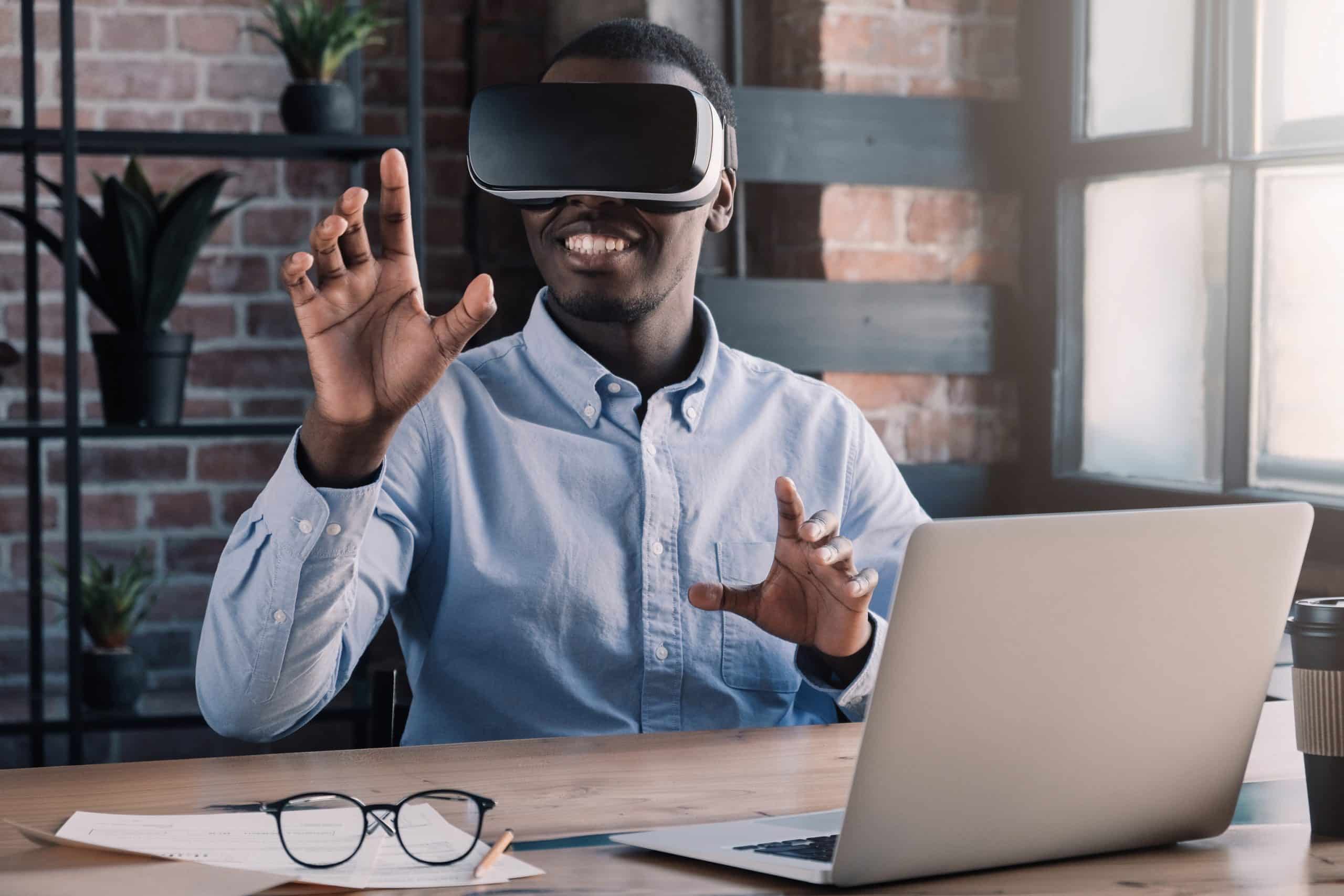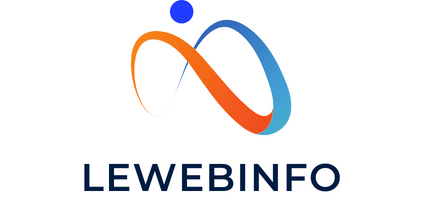How Can Augmented Reality Coaches Improve Technique in Olympic Weightlifting?

In the rapidly evolving landscape of technology, Augmented Reality (AR) is increasingly finding practical applications in various aspects of our lives. One area of notable significance is in the field of sports, where AR is being harnessed for coaching and training purposes. Olympic weightlifting is one such sport where the potential of AR seems promising. The complex, technical nature of weightlifting makes it an ideal candidate for the adoption of AR for coaching. This article explores the benefits of AR coaches in improving technique in Olympic weightlifting.
The Concept of Augmented Reality in Coaching
Before we delve into the benefits, let’s begin with understanding the concept of AR and its application in coaching. Traditional coaching usually involves in-person instructions from a coach who visually assesses a trainee’s performance and provides feedback. Although effective, this method has its shortcomings, especially when it comes to training large groups or those located remotely.
A lire aussi : What’s the Latest in Low-Impact Training for Rehabilitation of Knee Injuries in Skiers?
AR technology introduces a digital layer to our physical surroundings. This can be in the form of visual overlays, auditory cues, or haptic feedback. In coaching, AR can provide real-time, data-driven feedback to athletes, pinpointing the exact areas of improvement. It can also allow remote coaching, where an athlete located in one part of the world can be trained by a coach in another.
Augmented Reality in Olympic Weightlifting
Olympic weightlifting is not just about strength. It’s about precision, timing, and coordination. The right technique can mean the difference between a successful lift and an injury. Here is where AR can truly shine, providing detailed, accurate feedback to lifters about their technique.
Cela peut vous intéresser : How Can Sensory Deprivation Tanks Be Used in Recovery Protocols for Mixed Martial Artists?
AR systems can assess a weightlifter’s form in real-time, comparing it to ideal techniques using pre-programmed data. This can include the lifter’s body positioning, the path of the weight, the timing of the lift, and more. The feedback can be provided visually, such as through overlays demonstrating the correct form, or auditory cues.
The Benefits for Athletes
The application of AR coaching in Olympic weightlifting can have multiple benefits for athletes. Firstly, it offers the advantage of personalized feedback. Every athlete has a unique build and technique, and AR can provide customized advice tailored to their specific needs.
Moreover, AR can deliver feedback instantly, allowing athletes to make corrections on the spot. This immediacy of feedback can accelerate the learning process, helping athletes to perfect their technique faster. AR can also record and analyze each training session, providing a data-driven assessment of an athlete’s progress over time.
The Role of Coaches
Despite the many benefits of AR, it doesn’t mean the role of human coaches becomes obsolete. In fact, the integration of AR in coaching can free up coaches to focus on more strategic aspects of training.
Coaches can still monitor their athletes’ progress through data provided by AR systems. They can then use their expertise to interpret this data, make strategic decisions about training plans, and provide emotional support and motivation that a digital coach cannot offer. Thus, AR doesn’t replace human coaches, but enhances their abilities.
The Future of Augmented Reality in Coaching
The adoption of AR in sports coaching is still in the early stages, but its future looks promising. More advanced AR systems are being developed, with better data analysis capabilities and more intuitive feedback mechanisms.
In Olympic weightlifting, the potential for AR goes beyond technique improvement. Imagine, for example, a virtual competition where lifters from around the world compete in their own gyms, but appear to be lifting on the same stage through AR. Or a training tool that simulates the pressure of a large audience, helping athletes to prepare mentally for big competitions.
The possibilities are endless, and as technology continues to evolve, we can expect to see more and more innovative applications of AR in Olympic weightlifting and beyond. While we can’t predict exactly what the future holds, one thing is clear: AR has the potential to revolutionize sports coaching as we know it.
The Challenges and Solutions in Implementing AR
Although the benefits and potential of AR in Olympic weightlifting seem significant, it is crucial to take note of the challenges that come with its implementation. One of the main challenges is the cost of AR equipment and the expertise required to operate and maintain it. Not all gyms or athletes, particularly at the amateur or grassroots level, may have the financial resources to afford it.
Another challenge is the reliability of the technology. AR systems must be accurate and consistent in their feedback to be truly effective. In a sport like weightlifting where fractions of a second and millimeters of positioning can make a difference, any inaccuracies in the AR system could lead to incorrect feedback and potential injuries.
In terms of solutions, increasing accessibility and affordability is key. Developers need to work on creating more cost-effective AR systems that still deliver high performance. As technology advances and becomes more mainstream, it is expected that the costs will reduce, making it more accessible to a wider audience.
Furthermore, extensive testing and refining of the technology is necessary to ensure its reliability. Developers also need to collaborate with experienced weightlifting coaches to ensure that the feedback provided by the AR systems accurately reflects the nuances of the sport.
The Impact on Olympic Weightlifting
The adoption of AR in Olympic weightlifting could potentially transform the entire landscape of the sport. By improving the accessibility and efficacy of coaching, it could lead to higher standards of performance and safety in the sport.
AR could democratize access to high-quality coaching, enabling athletes from remote or underprivileged areas to receive the same level of coaching as those in well-resourced areas. This could lead to the discovery of new talents and an overall elevation of the sport.
Moreover, by providing accurate, real-time feedback and analysis, AR can help athletes to refine their techniques to a degree that was previously not possible. This could result in fewer injuries and longer careers for athletes. It could also lead to more exciting competitions, with athletes pushing the boundaries of what is physically possible.
Conclusion
In conclusion, AR holds immense potential in revolutionizing the way athletes train and compete in Olympic weightlifting. By providing real-time, personalized, and data-driven feedback, it can enhance coaching methods and help athletes to improve their technique more effectively and safely.
While there are challenges in terms of cost and reliability, the continuous advancement in technology is expected to overcome these obstacles. Furthermore, AR can complement, rather than replace, human coaches by freeing them up to focus on the strategic and emotional aspects of coaching.
In the future, we can expect more innovative applications of AR in weightlifting, from virtual competitions to mental training tools. As we navigate this exciting frontier, it is important to continue exploring and experimenting with ways to harness the power of AR for the betterment of sports and athletes. The intersection of technology and sports is a thrilling space to watch, and undoubtedly, the best is yet to come.
